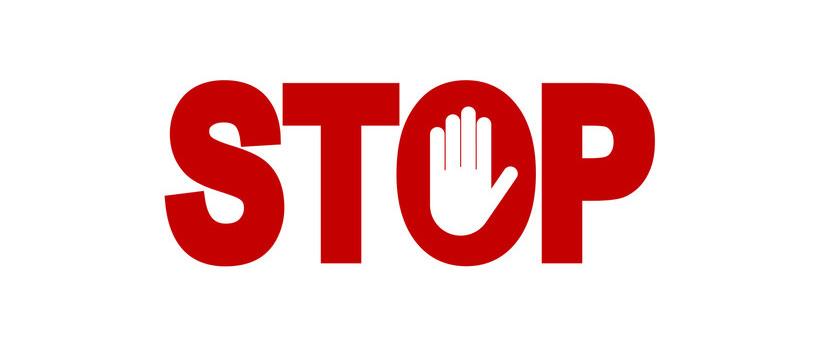For the trader, controlling risk is everything. Trading activities, in fact, pose significant dangers. The chances of losing capital, even when the investor acts with prudence, are always high. For this reason, it is wise to use tools capable of minimizing or limiting losses rather than preventing them. The tool par excellence, from this point of view, is precisely the
Stop Loss.
What is Stop Loss
Stop Loss is the price at which the position closes automatically when reached. It closes because, as easily intuitable, it touches the classic point of no return (or presumed such) due to which the trade:
- Presumably will no longer be able to turn positive
- Losses become unsustainable
Stop Loss is very important because it intervenes to solve a problem, or at least to limit its effects, that traders often have to face: the failure of predictions to materialize. It is not at all uncommon that, no matter how diligent the analysis activity may be, these are contradicted by reality. And so, somehow, we need to protect ourselves.
How to position the Stop Loss
Once you understand what Stop Loss is, it is good to know the exact way to position it. By "Stop Loss positioning" we mean, very simply, the identification of the price at which either the losses become unsustainable or the trade presumably will no longer "recover".
If the position is long, then the Stop Loss must be placed below the current price.
If the position is short, then the Stop Loss must be placed above the current price.
Here is a practical example.
Let's imagine that the euro-dollar is at 1.1392, and we open a short position. If the euro-dollar, instead of going down, goes up, then the position would start to cause losses. At that point, it is necessary to understand what the maximum loss we can tolerate is. A value that is, obviously, subjective. Let's imagine that the position is worth 1000 and that the maximum loss is 10, which is equal to 1%. All that remains is to find 1% of the current price, convert it into pips and add.
The pips we can afford to lose along the way are 113. So the Stop Loss, in this case, equals 1.1505. This means that if the euro-dollar reaches 1.1505 the position will be closed automatically.
Stop Loss, alternatively, can also correspond to support and resistance levels. This path is chosen when greater importance is given to the first reason ("the trade will no longer recover") rather than the second ("unsustainable losses").




